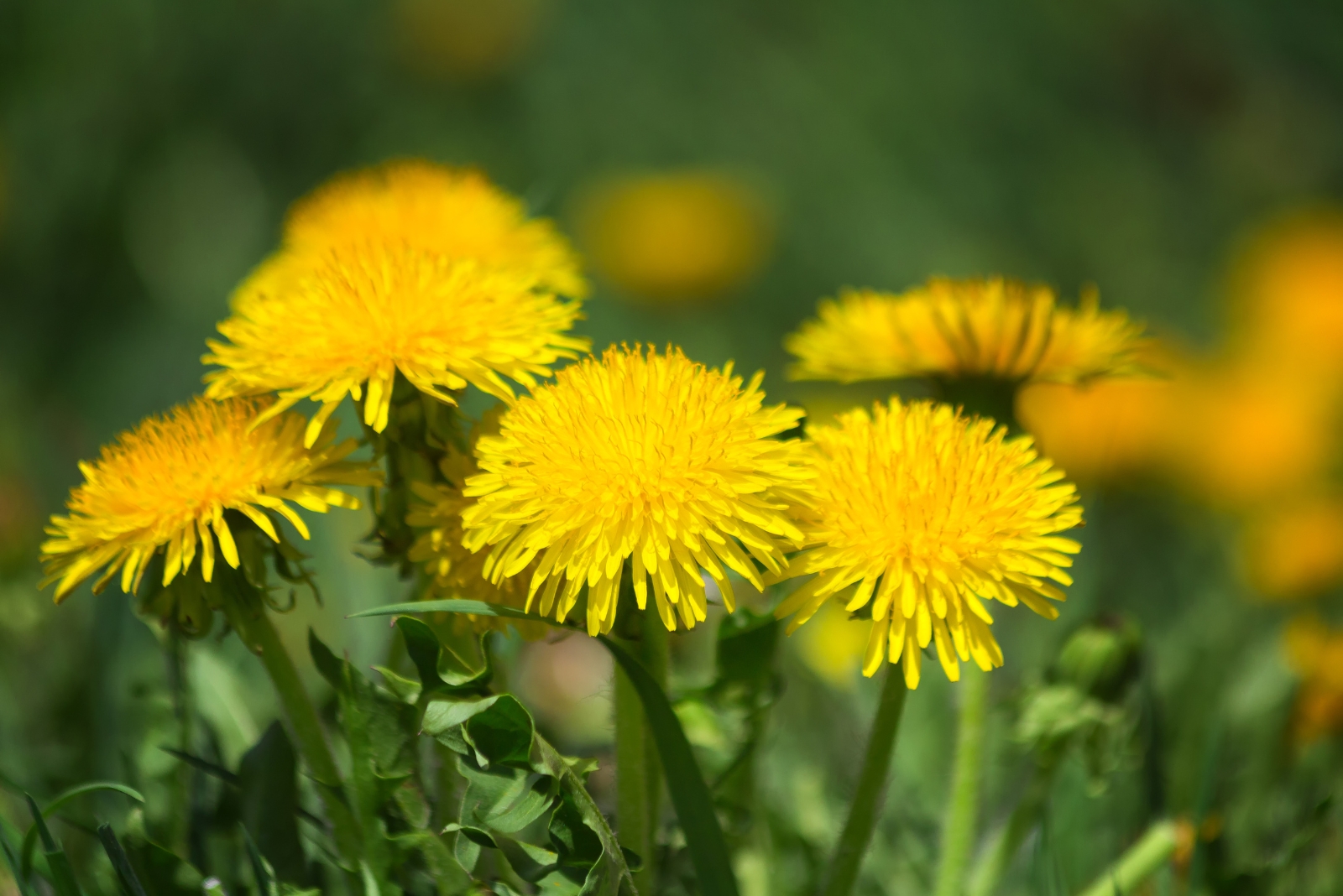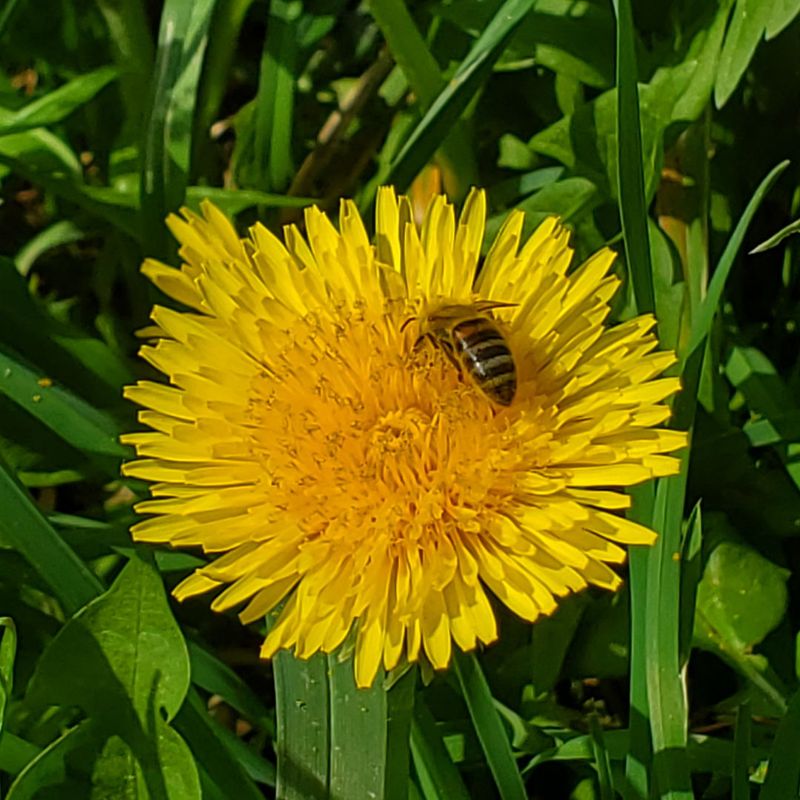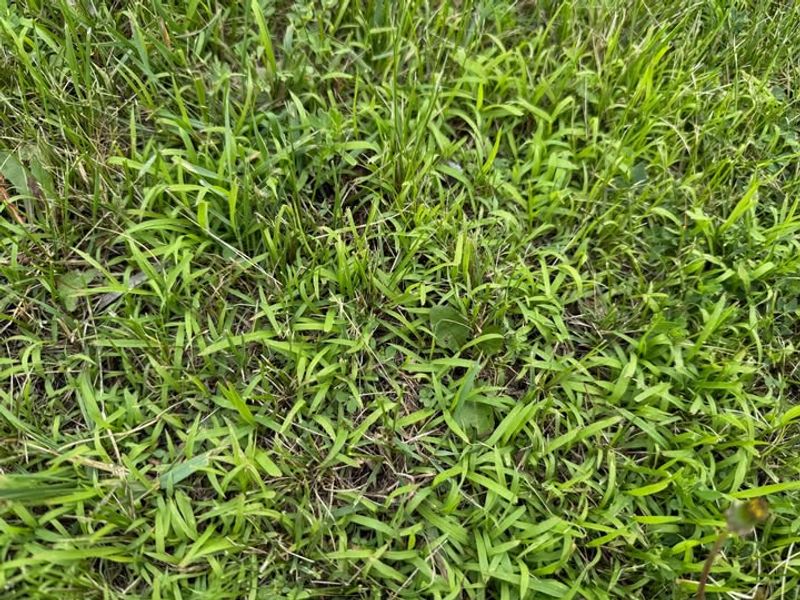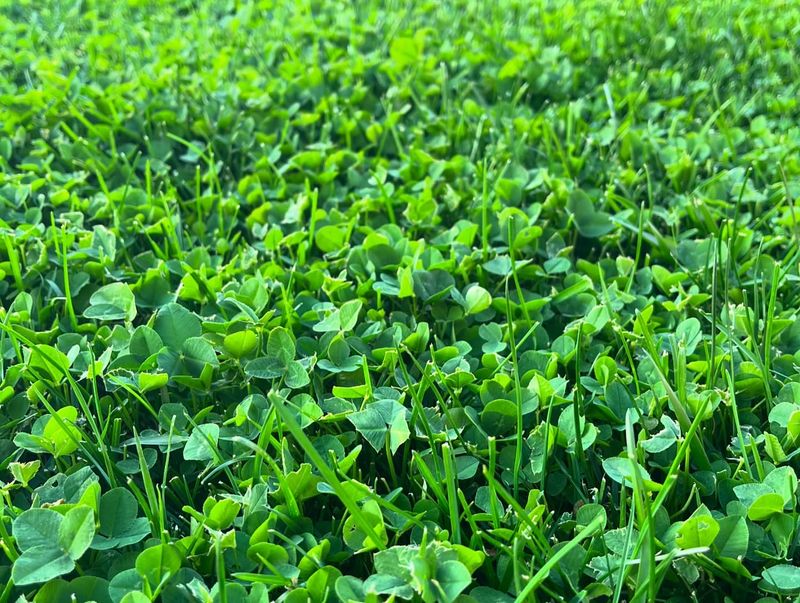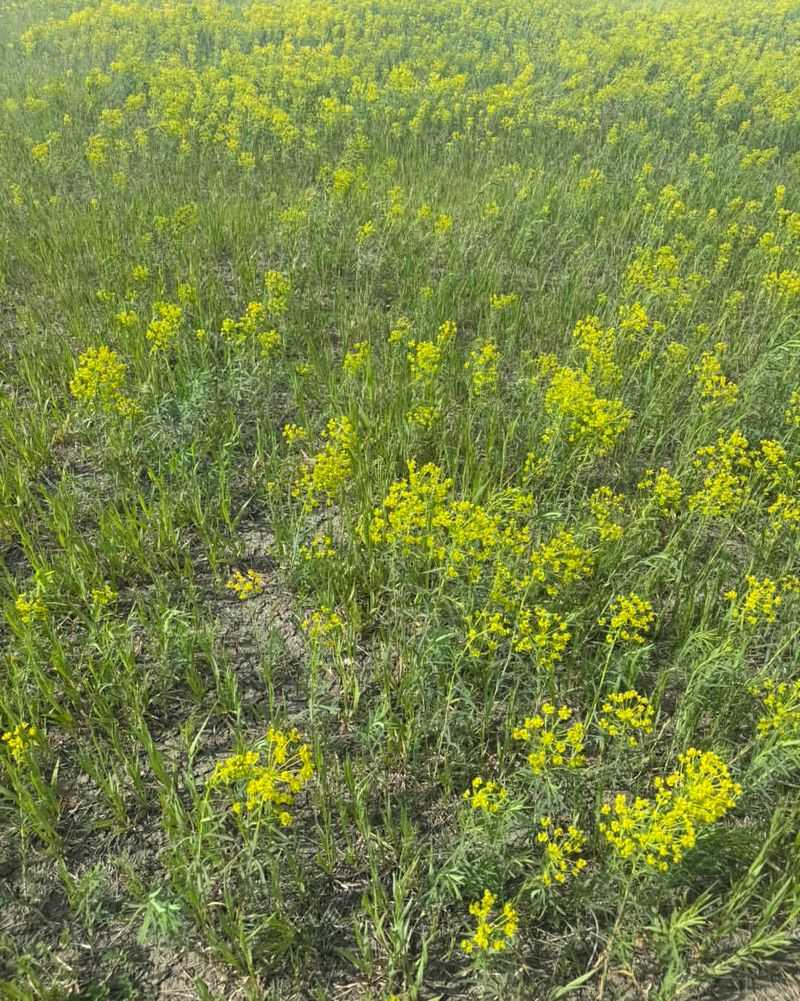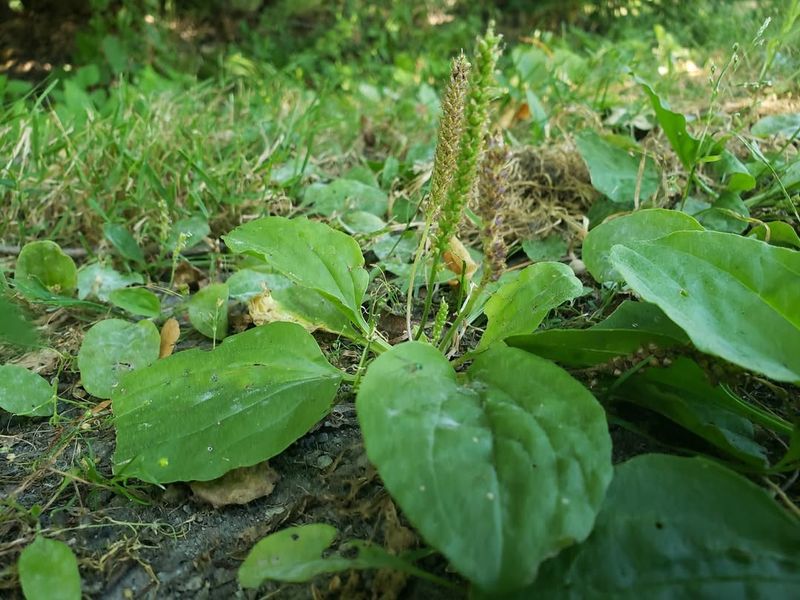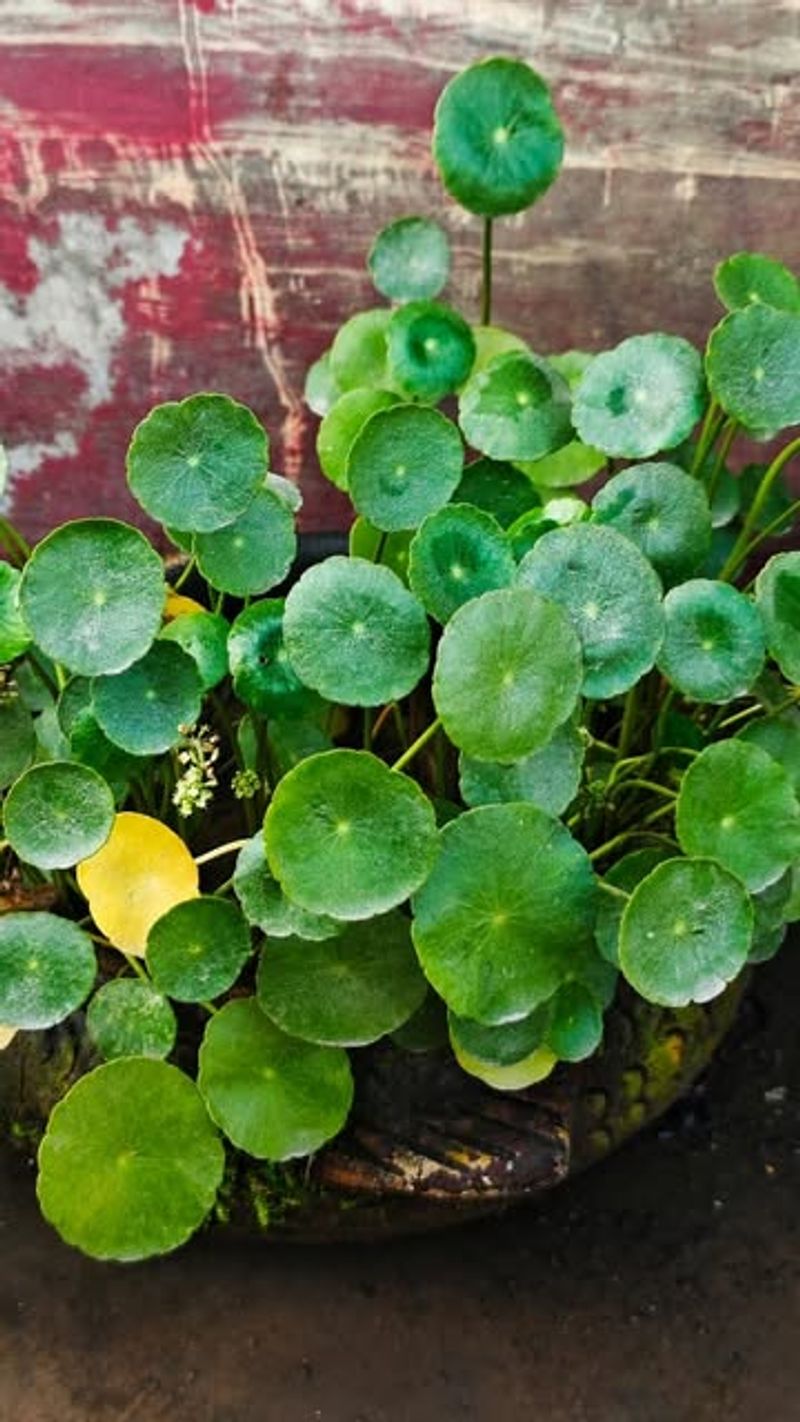Florida gardens have a way of telling on themselves—you just have to look at the weeds. I used to pull them without thinking, but now I stop to see what they’re saying about my soil.
Some point to poor drainage, others to missing nutrients. Once you know what’s growing, you’ll know exactly what your garden needs to thrive.
1. Dandelions
Spotting dandelions all over your Florida lawn might feel frustrating, but they’re actually giving you valuable clues. When dandelions take over, it usually means your soil is compacted and low in calcium.
Their long taproots punch through hard earth, breaking it up naturally. Around Florida neighborhoods, gardeners often notice dandelions appearing after heavy foot traffic or construction work compresses the ground.
Adding organic matter and aerating your lawn can help discourage these persistent visitors while improving overall soil structure.
2. Crabgrass
Crabgrass loves to spread across Florida yards during hot summer months, and it’s telling you something important about nutrient levels. Low nitrogen and poor soil fertility create perfect conditions for this aggressive grower.
Sandy soils common throughout Florida drain quickly, washing away essential nutrients that grass needs. Strengthening your lawn with proper fertilization and maintaining healthy grass height helps crowd out crabgrass naturally.
Many Florida homeowners find success by overseeding bare spots where crabgrass typically invades each season.
3. Clover
Finding clover spreading through your Florida grass might actually be a blessing in disguise! Clover thrives in nitrogen-poor soil, but here’s the cool part—it actually fixes nitrogen from the air and adds it back into the ground.
Some Florida gardeners intentionally plant clover as a natural fertilizer and pollinator magnet. Its presence signals that your soil needs a nitrogen boost, but clover itself helps solve that problem.
Consider leaving some clover patches to naturally enrich your soil while supporting local bees.
4. Spurge
Spurge appears as a low-growing mat across Florida lawns, especially during dry spells when other plants struggle. This tough little weed indicates your soil is both compacted and lacking moisture retention.
Florida’s intense heat and occasional droughts create ideal conditions for spurge to outcompete struggling grass. Improving soil structure with compost and establishing proper watering schedules makes your lawn less hospitable to spurge.
Many Florida residents notice spurge appearing in the same problem spots year after year until soil conditions improve.
5. Oxalis
With its cheerful yellow flowers and clover-like leaves, oxalis might look innocent, but it’s revealing something crucial about your Florida soil’s pH balance. Acidic soil conditions encourage oxalis to flourish throughout yards and gardens.
Florida’s naturally acidic soils, combined with frequent rainfall, create perfect growing conditions for this persistent weed. Testing your soil pH and adding lime when appropriate helps shift conditions away from what oxalis prefers.
Addressing the underlying acidity problem proves more effective than just pulling oxalis repeatedly.
6. Plantain
Broadleaf plantain pops up in high-traffic areas around Florida homes, sending a clear signal about soil compaction issues. Its tough leaves and strong roots are specially designed to survive in hard, compressed earth where other plants can’t establish themselves.
Driveways edges, pathways, and play areas in Florida yards commonly host plantain colonies. Breaking up compacted zones through aeration and adding organic material helps grass reclaim these spaces.
Plantain’s presence is nature’s way of protecting bare, hard soil until conditions improve.
7. Dollarweed
Dollarweed’s distinctive round leaves spread rapidly across Florida lawns, especially in areas with drainage problems and excessive moisture. Poor drainage and overwatering create soggy conditions that dollarweed absolutely loves.
Florida’s afternoon thunderstorms and low-lying areas contribute to the waterlogged spots where dollarweed thrives. Improving drainage through soil amendments and adjusting irrigation schedules makes your yard less attractive to this moisture-loving invader.
Many Florida gardeners discover dollarweed highlights problem zones that need better water management solutions.

